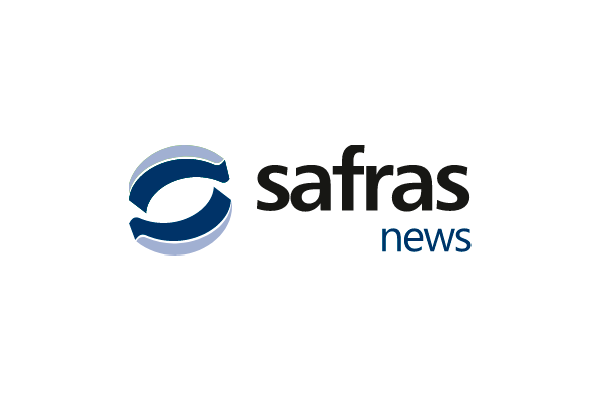Porto Alegre, July 30th, 2024 – The price hikes on the CBOT were not significant last week. Brazil’s second-crop harvest is advancing at a record pace and does not show any difficulties in domestic supply. Ship appointments at ports are normal in July and below normal for August. There is no large buyer worldwide causing a surge in premiums that would justify the bullish Brazilian scenario. However, prices reached BRL 65/66 in Brazilian ports during the week, with premiums jumping to USD 110/120 a bushel. The logistical difficulties of traders in Brazil and delays in the origination of this year’s export program seem to justify the rush after corn business at the port for August and September in recent days.
Brazil’s second-crop harvest is moving toward its final phase in several parts of producing regions. As we pointed out, this is a more premature second-crop, planted earlier and bringing earlier harvests in an unprecedented way. We certainly will not have residual crops in September, and probably the national harvest will be finished by mid-August. Productivity is within the projections already indicated by Safras & Mercado, with a normal reduction in this final phase of the harvest. However, in the case of sorghum, it can be said that there are more significant losses than those projected for states such as Goiás, São Paulo, and Minas Gerais due to the lack of rain for the last ninety days. Although sorghum is more resistant, the cycle of high temperatures and lack of rain resulted in productivity losses.
With these earlier harvests, traders may have planned their purchases more easily during the harvest period due to the lack of space and storage conditions for producers. As sales were later than normal in this 2024 second crop, the sales pressure during the harvest was supposed to be greater. In fact, there was sales pressure in Goiás at up to BRL 42, and in Mato Grosso at up to BRL 35/36 for well-located areas, which occurred in June and early July. Seasonally, this would occur in July/August in a normal cycle. Therefore, producers who needed to sell did so in June and early July and stored the rest of the production in or outside warehouses and in silo bags. As soybeans are well advanced in terms of sales, there is no serious problem with space to receive the entire corn second crop and have a sales flow.
Trading companies have been projecting a 50/53 mln ton second crop for Mato Grosso this year, figures that we were unable to reach in our estimates. Perhaps this slightly exaggerated projection for the second crop in Mato Grosso has also led to slack in the origination and logistics of this 2024 second crop. While exaggerated sales pressure was expected for August and September, this pressure occurred in June and July. The northern ports, such as Santarém, Itacoatiara, Barcarena and now São Luís, have had good flow since June, absorbing much of this initial sales pressure from the regional second-crop harvest. However, the low number of corn shipments to the Southeast and South ports did not allow for origination in advance, while railroad commitments, in particular, as well as shipping space at ports, were compromised.
Fortunately, there is still a large shipment of soybeans at these ports, as well as a large flow of sugar. Both these commodities are expected to continue to have strong shipments in August, taking up the space that could be used for a large corn shipment. However, there are currently practically no vessels scheduled for August at the ports of Paranaguá and São Francisco, and the volume for Santos is well below the average for this coming month. Therefore, the largest shipments are in the North, while the ports in the South still concentrate plenty of soybeans and sugar.
This situation further highlights the erratic configuration of prices in Brazilian ports, but particularly in Santos. Trading companies, facing difficulties in logistics and with low origination carried out in the interior, have chosen to call purchases for CIF prices at ports, seeking to avoid more difficult logistics. This has been increasing premiums and prices at ports, a situation that has reached Paranaguá and São Francisco even without vessels scheduled for August yet. Business during the week was between BRL 65/66 for August/September and BRL 67/68 for November/December.
Perhaps, in September, when the flow of soybeans and sugar slows down considerably, these price conditions may lose strength. In other words, with the improvement of logistics in the interior, it may not be necessary to indicate higher prices, with high premiums, at the ports to compensate for the difficulties in the interior. The risk of these high premiums is precisely the loss of competitiveness against Argentine and US corn in the second half of the year. We must remember that the export target for this year is 40 mln tons, and so far we have reached nearly 10 mln tons committed to exports. We should expect a more intense flow only in September, shortening the optimal shipping window from September to January.
Copyright 2024 – Grupo CMA

